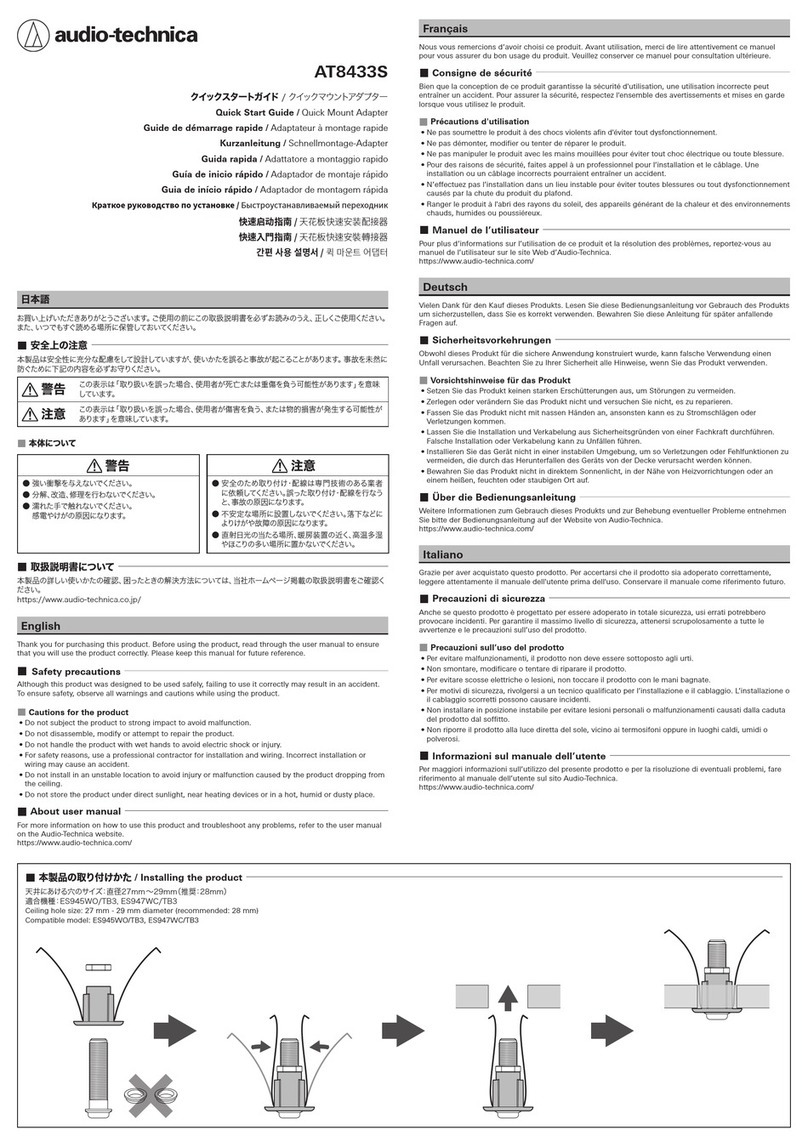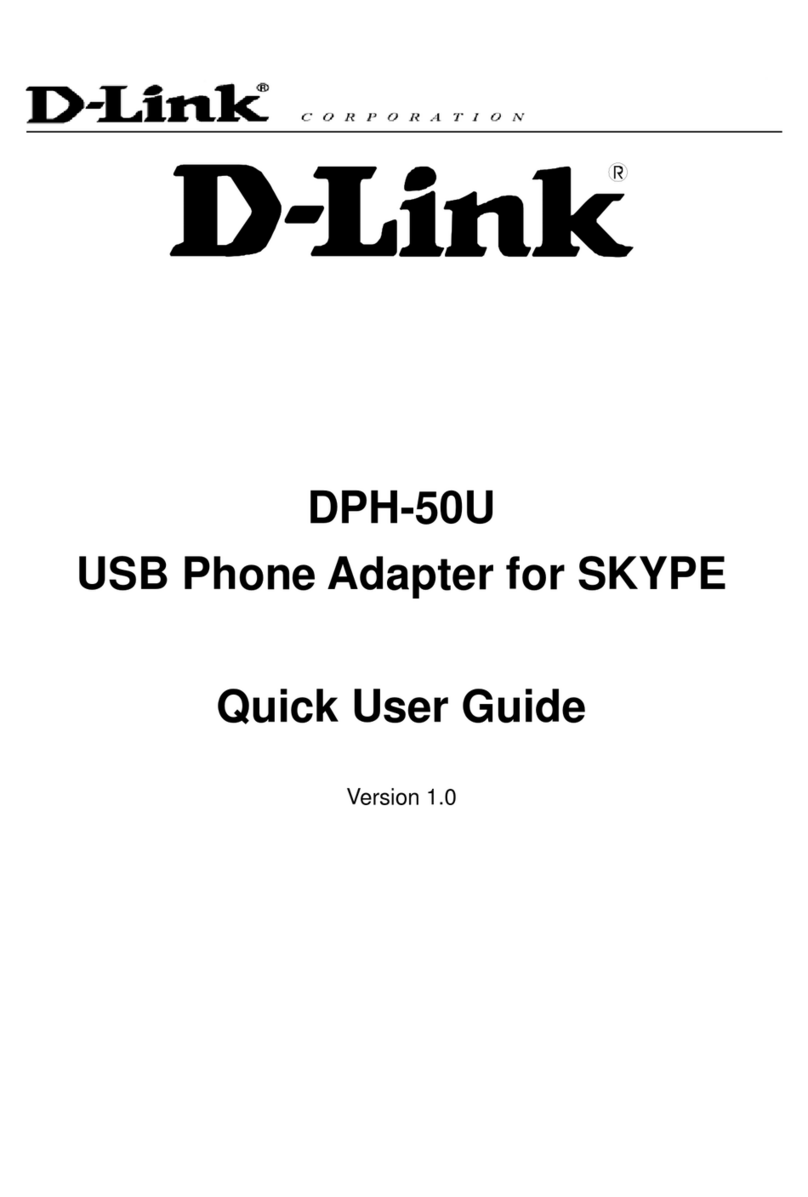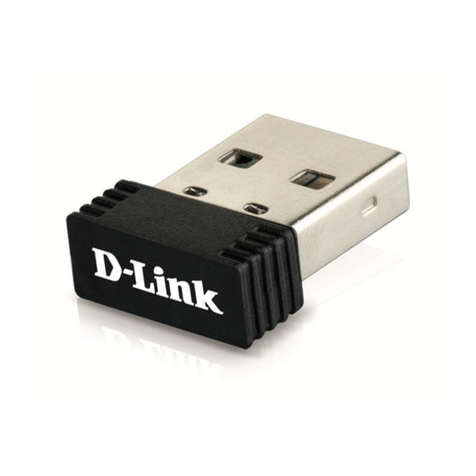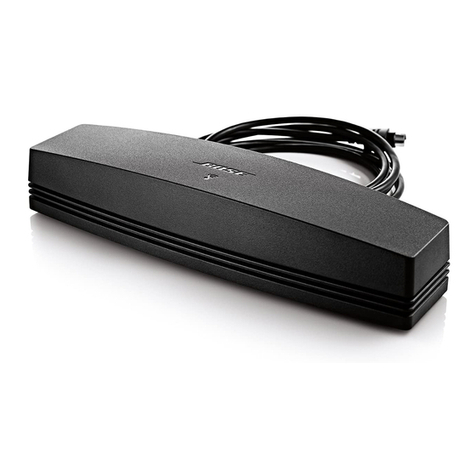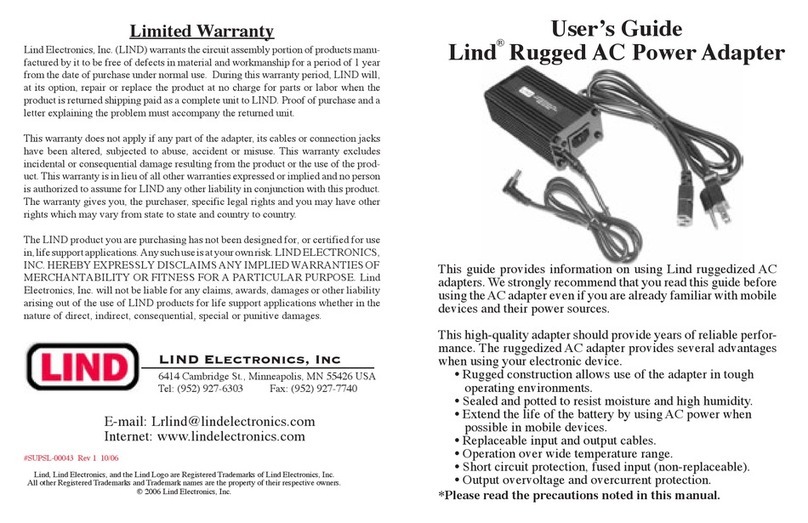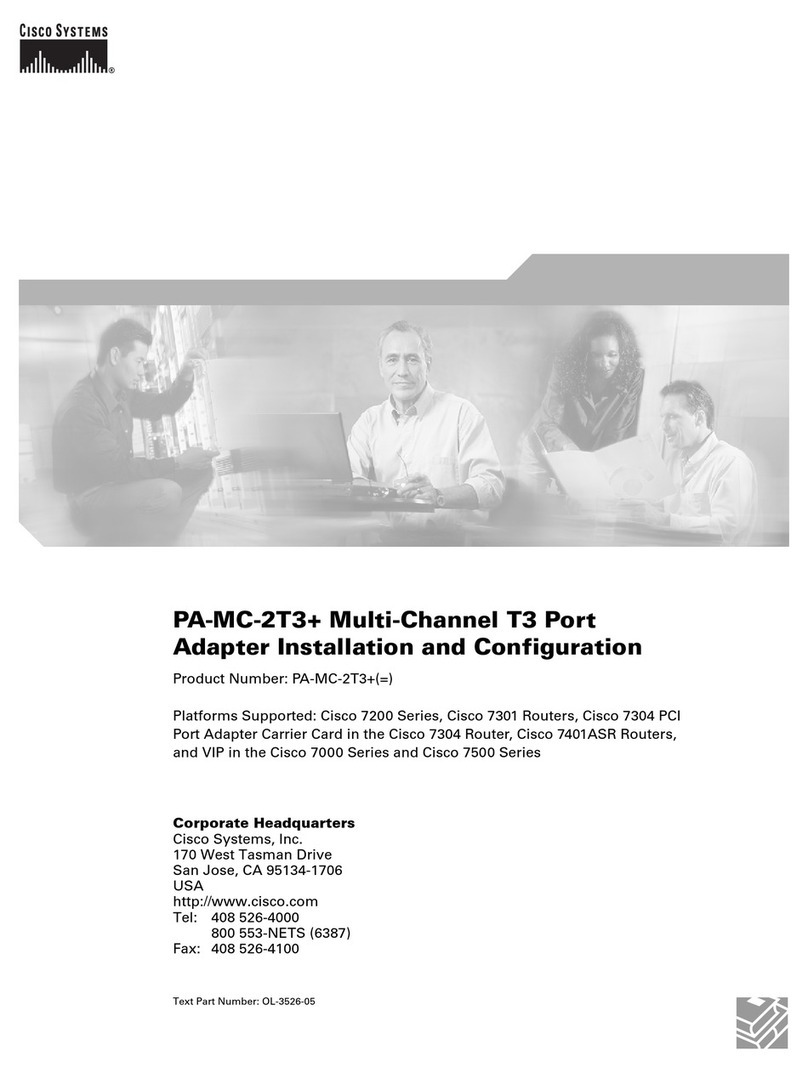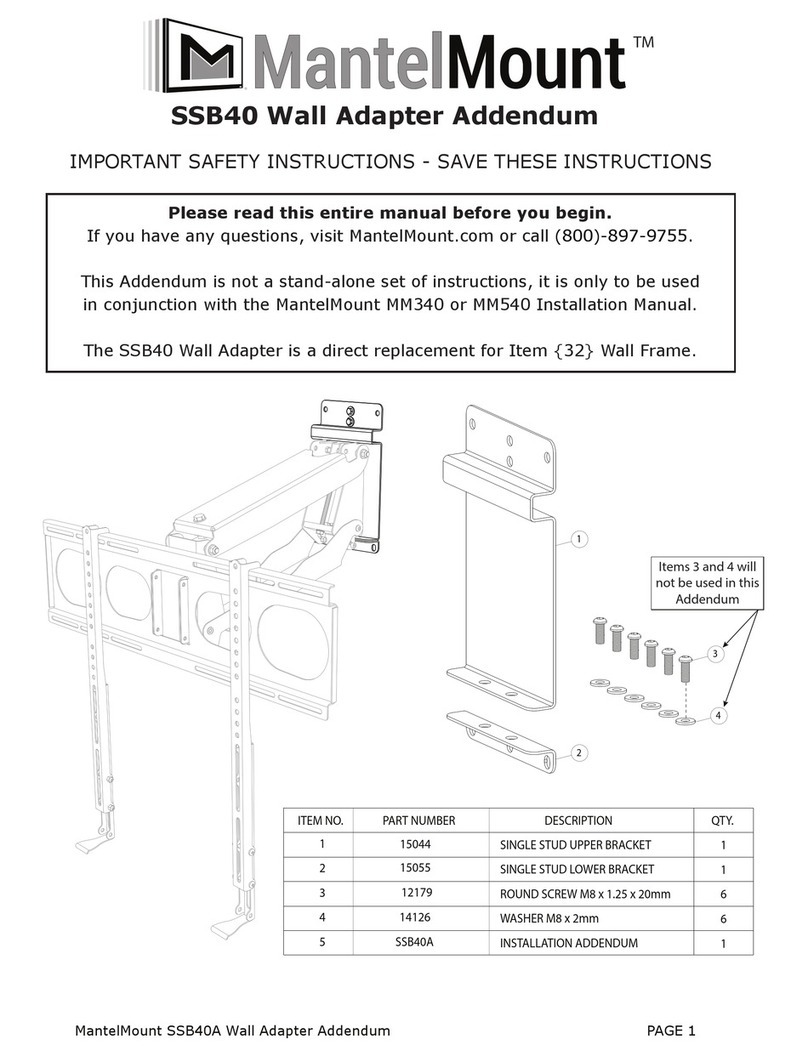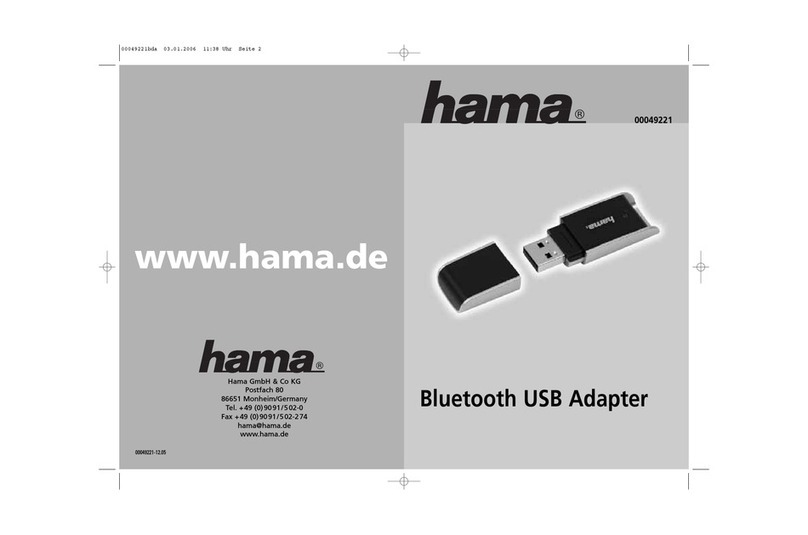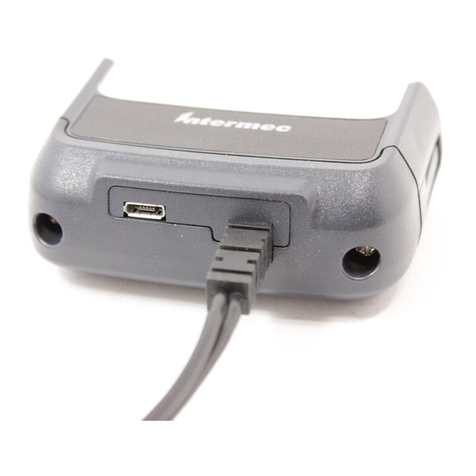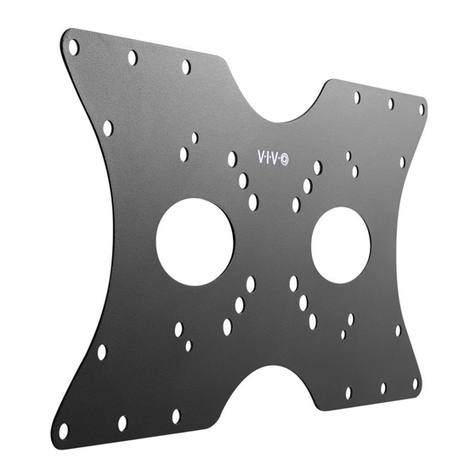Rocketronics ELS4 User manual

ELS4 ADAPTER
This manual describes the commissioning and use of the
handwheel adapter for the ELS4 controller
User manual
ENGLISH
Translation of the original
operating instructions

2
DESCRIPTION
This manual describes the use of the handwheel adapter: An adapter board that allows the
construction of a handwheel for the ELS4 Basic and ELS4 Pro cycle controllers.
The board must be installed in a handheld housing to obtain a complete handwheel and be
protected against chips, dust and moisture.
The adapter board measures 100x45 mm and has a SUBD-15 socket and 3 box headers. The
SUBD socket is connected to the ELS controller via a standard VGA monitor cable. The box
headers provide two wires for each pushbutton via 3 supplied colour-coded at cables with
sockets, which can be soldered or screwed directly to a pushbutton.
The key functions of the adapter are identical to the key functions of the controller, they per-
form the same function.
The encoder connection of the adapter, on the other hand, allows more than just the rotary
knob on the ELS controller: It is activated by pressing XSTEP or ZSTEP, and one of the two axes is
thus switched to stepping mode. This is visible on the display of the ELS, and a sound is emitted.
By turning the encoder, the selected axis is now moved in steps. If you move in the direction of
the part, the step is executed directly, if you move back, the step is made to compensate for the
backlash of the axis, so it moves more than expected, but this is correct. If you turn the encoder
more than one detent further, the axis will move more than one step further. But on the way
back the backlash is only compensated once, so it is very easy to move back and forth.
With a button on the „ENCODER SWITCH“ connector (connector C) the step size can be switched
from coarse to ne or vice versa, depending on the setting.
In order to move the axis faster, e.g. to cover a longer distance, you crank the encoder, after
approx. one quick encoder rotation the axis switches to move mode and moves as if you had
pressed one of the movement keys on the controller. This works in both directions, and in
one direction the backlash is compensated for, and the ENCODER SWITCH button switches the
speed of the movement, and if the movement is stopped at the encoder, the axis stops as well.
In this way, the encoder can be used to move the Z or X axis step by step with small and large
steps and permanently at two speeds.
This behaviour can be changed in the settings, more about this later.

Extension connector Extension connector
3
SUBD socket Box header
CONNECTION
The box headers are labeled and divided into 3 groups, A, B and C. The third connector also has
contacts for the connection of an encoder and a speed/stepsize change switch.
Select from the list which buttons you want to use. Then select the appropriate plug where this
button is contacted, A, B or C. Then divide the at cable in pairs so that you get a pair of wires
for each button. The colour coding helps here. You can also separate the wires by simply pull-
ing them apart.
Using a VGA cable, connect the board to the connector on the back of the ELS4:
Notes:
• Use only potential-free contacts!
• Use only normally open contacts, no normally closed contacts!
• Do not apply any external voltage to any of the connections!
• Cut o unused leads of the at cables with sharp scissors.
• The connection for the encoder supplies 3.3V with max. 100mA. Common handheld encod-
ers with 5V operating voltage will run without problems in most cases.
• The key assignment is identical for ELS4 Basic and Pro, so you can easily connect the
handwheel to another controller.
• Maximum cable length to the ELS 3 meters with shielded cable.

4
Cut the at cable to get pairs!
PARTING THE FLAT CABLE
For a reasonable operation we recommend to use the encoder input with a manual encoder,
furthermore the keys XSTEP, ZSTEP, X0, Z0, START, STOP and possibly the fast traverse keys for
both axes. This makes it very easy to set up the machine and start and stop cycles.
Types which also allow fast rotation are usually used as handheld encoders. The encoder should
run at 3.3V and output the signals A and B, and deliver approx. 100 pulse revolutions. Most of
the available encoders are traded for 5V operation, but these usually run at 3,3V as well.

Key Pair of connections Remarks
FN A01
X RIGHT SLOWLY A02 Moves the X-axis to the right, slowly
UP A03 Navigates the cursor up
F1 A04 Special function
XOFF A05 Switches the X-axis off
Z_RIGHT FAST A06 Moves the Z-axis to the right, fast
SUBMODE A07 Switches to submode (PRO only)
Z LINKS SLOWLY A08 Moves the Z-axis to the left, slowly
P0 A09 Sets the currently selected position to 0
RPM A10 Changes the spindle speed (PRO only)
ZSTEP A11 Switches to the stepwise mode of the Z-axis
Z LEFT FAST A12 Moves the Z-axis to the left, fast
RIGHT B01 Navigates to the right
STOP B02 Stops a cycle
PARAMETER B03 Opens the parameter menu
X0 B04 Sets the X axis to 0
XSTEP B05 Switches to the stepwise mode of the X-axis
X RIGHT FAST B06 Moves the X-axis to the right, fast
LEFT B07 Navigates to the left
PAUSE B08 Pauses a cycle
SETTINGS B09 Opens the settings
Z0 B10 Sets Z to 0
ZOFF B11 Switches the Z-axis off
X LEFT FAST B12 Moves the X-axis to the left, fast
X LEFT SLOW C01 Moves the X-axis to the left, slowly
START C02 Starts a cycle
DOWN C03 Navigates down
SPINDLE START/STOP C04 Starts the spindle
Z RIGHT SLOW C05 Moves the Z-axis to the right, slowly
ENCODER
SWITCH
SW
GND
Button change stepsize from Fine to Coarse,
make contact between SW and GND
ENCODER A
B
Channel A of the encoder
Channel B of the encoder
GND Encoder GND 2x Ground output
Power Encoder 3,3V 2x power output with 3.3V max. 100mA
5
PIN ASSIGNMENT

ELS4 PRO BUTTONS AVAILABLE VIA THE ADAPTER
X and Z-Axis
SLOW JOG
X and Z axis
FAST JOG
Settings
PARAMETER
SUBMODE
RIGHT
LINKS
P0
UP
DOWN
FN
START
PAUSE
STOP
F1
Z0
X0
Spindle
RPM
ZSTEP
ZOFF
XOFF
XSTEP
6

F1
Z0
X0
Spindle
RPM
ZSTEP
ZOFF
XOFF
XSTEP
Settings
XOFF
ZOFF
START
STOP
LEFT
UP
(ZSTEP)
RIGHT
DOWN
(XSTEP)
P0 Z0 X0
X and Z-Axis
SLOW JOG
X and Z-Axis
FAST JOG
FN
BUTTONS OF THE ELS4 BASIC AVAILABLE VIA THE ADAPTER
In addition to the buttons on the controller, the following buttons are available for the ELS4
Basic, which are only available via the extension
• XSTEP - This allows XSTEP to be activated directly.
• ZSTEP - This allows ZSTEP to be activated directly.
• PARAMETER - Opens the parameter menu
• F1 - Opens special function
• PAUSE - Pauses one cycle if possible
7

8
SETTINGS
The adapter can be operated with all ELS4 Pro and Basic from software version 6. If the soft-
ware is older, an update must be installed rst!
The rotary encoder on the adapter allows the axes to be moved stepwise but also permanently,
so there is a step mode and a move mode. The axis must rst be activated by pressing XSTEP or
ZSTEP. The selected axis then moves analog to the direction of rotation on the encoder. If you
crank quickly, the system switches seamlessly from stepping to moving mode.
The step size in step mode is set in the ELS settings, via SETUP DATA -> STEPS 1 and STEPS 2
The driving speeds in driving mode are set in the respective axle drives under SETUP Z/X-MO-
TOR -> F SLOW < > and F RAPID << >>.
In version 6 you will nd a new group EXPANSION in the settings, where there are 6 parameters
that determine the response of the encoder. They are preset to values that are well suited for
an encoder with 100 pulse revolutions.
ON-THRESHOLD TIME (0,1-8,0 ms, 4,0 ms=Standard)
This is the time that must elapse between two successive pulses from the encoder for the ro-
tary motion to be classied as „slow“. Slow pulses lead to single steps of the axis. If the pulses
come faster, they are classied as „fast“. If the number is high, you have to crank slower to
switch to drive mode, if the number is low, you have to crank faster.
If the number of fast pulses received without interruption is higher than
ON-THRESHOLD COUNTER (1-500, 100=Standard)
the axis is switched to drive mode, it then drives permanently.
If the number is high, you need more fast impulses to switch to driving mode‘, so you have to
crank longer fast.
If you stop turning abruptly, the axis also stops after the
OFF-THRESHOLD TIME (1-350 ms, 100=Standard)
This is the time after which the axis is switched back from drive mode to step mode. 100 ms is
a good time, if you want faster reaction you can lower it.
To avoid leaving the driving mode again and again due to slight uctuations when the encoder
is turned quickly, which would result in a very jerky driving picture, there is a threshold setting,
the number of pulses in
OFF-THRESHOLD COUNTER (1-500, 20=Standard)
indicates how many slow pulses must be received in succession in order to leave the driving
mode. Higher values allow you to crank very unstable, lower values allow you to leave the driv-
ing mode quickly when cranking slower.
REPEAT-TIME (1-500 ms, 100 ms=Standard)
Concerns only rides away from material. If the encoder is turned slowly for a longer period of
time, several single steps are output one after the other. This parameter indicates the time that
must elapse after the last step to compensate for backlash.

9
STEP-MODE (0-3, 0=Standard)
In mode 0, when the ENCODER SWITCH key is released, a large step is made with one pulse,
and a small step is made with the ENCODER SWITCH key held down. Turning faster switches to
the driving mode. With the switch pressed a fast speed is made, with the switch released slow
speed
Mode 1 is the other way round in terms of step size: without pressing the switch small steps are
output, with switch pressed large steps. The same is true for driving mode: If you don‘t press
the switch, you drive slowly. If you press the switch, you drive fast.
Mode 2 is like mode 0, except that the driving mode is deactivated, i.e. only step by step.
Mode 3 is like mode 1 without driving mode.
Mode Step size without
Switch
Increment with
Switch
Travel speed
without Switch
Travel speed with
Switch
0 big small quick slow
1 small big slow quick
2 groß small locked gesperrt
3 big big locked locked
Tips:
If the controller does not switch to drive mode even when the encoder is turned very quickly,
increase the „on threshold time“ step by step: For an encoder with 100 pulsesU, approx. 4ms
should t, for 200 pulses correspondingly 2 ms.
If it switches too fast in the driving mode, reduce this time or increase the „on threshold coun-
ter“. For the former, crank faster, for the latter, crank longer to switch to drive mode.
If, despite fast cranking, the driving mode is repeatedly left briey, increase the „o threshold
counter“.
If the drive mode lasts too long after an abrupt stop of the encoder rotation, reduce the
„o -threshold time“.
If you do not want to have a driving mode, select the mode numbers 2 or 3.

EXAMPLE
As an example, a handwheel in a Bopla BS 800 hand-held enclosure is shown here: The printed
circuit board is mounted in the lower shell and is easy to screw on using 3 spacer bolts 3 mm
high. A pushbutton type Schurter MCS 18 and a handheld encoder with 100 pulse revolutions
are used here.
3D-CAD data for the construction proposal can be found here: https://a360.co/2Rr1HZe
A drawing: https://a360.co/2RxvgbH
The adapter board is available under https://a360.co/2U4uogx
10

11

DISPOSAL
This device must not be disposed of with the household waste!
CONTACT:
Manufacturer is
Rocketronics.de
Dipl.-Ing (FH) Louis Schreyer
Hugo-Grotius-Str. 18
27404 Zeven
GERMANY
Tel: 04281 50 79 78 2 Mo-Fr. 14:00-18:00
Email: [email protected]
VAT.-IdNr: DE813546414
WEEE-Reg. Nr. DE 35691149
12
Other manuals for ELS4
1
Table of contents
